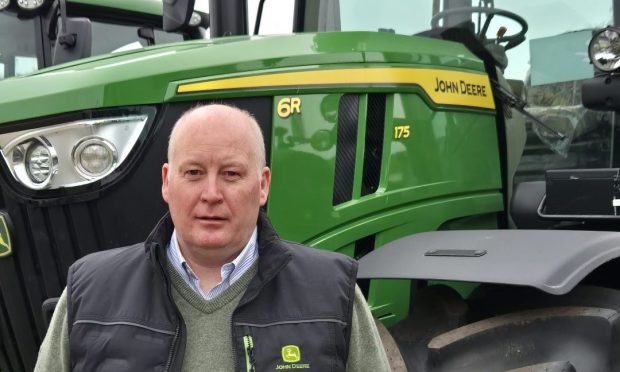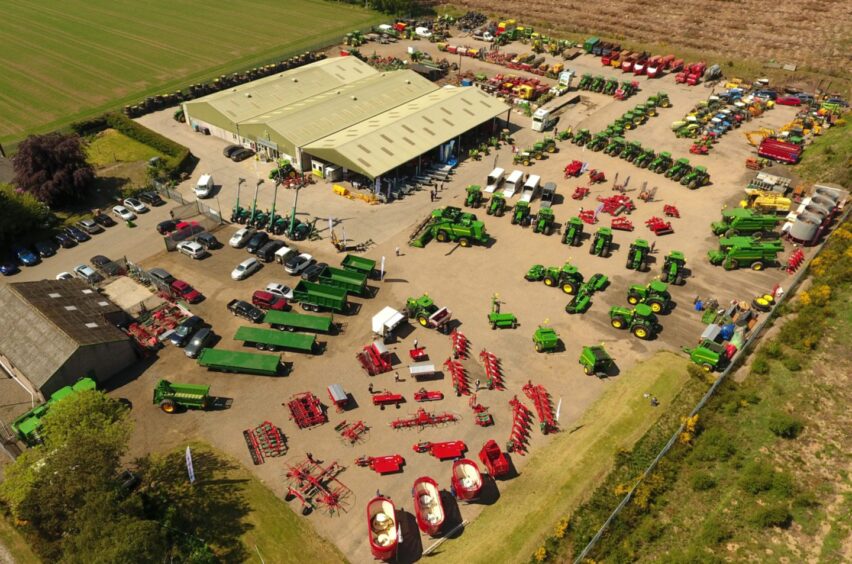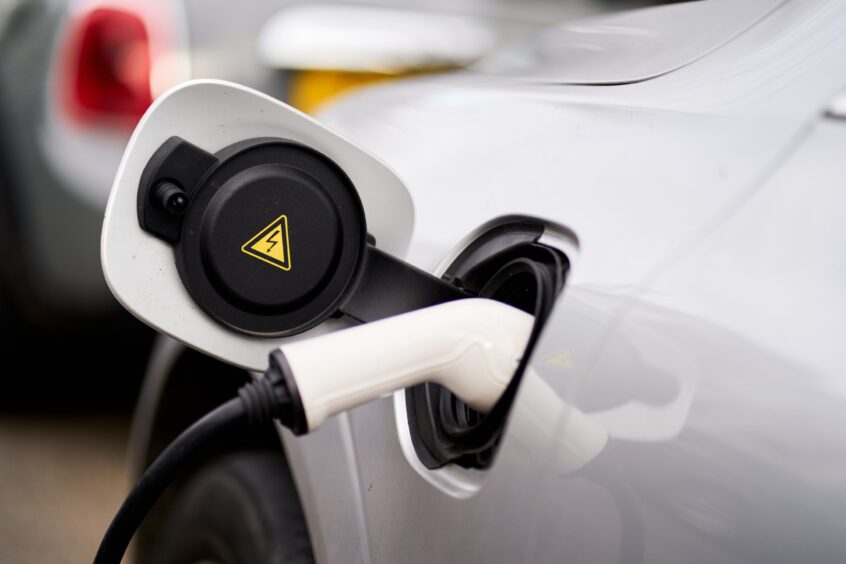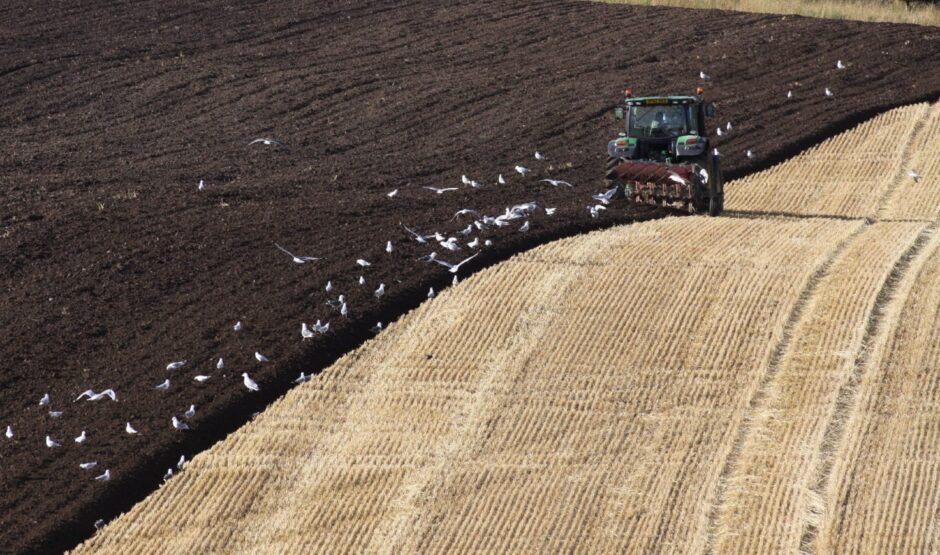Our roads are now filled with electric vehicles (EVs) – from family cars to inter-city coaches.
But industry experts say green technology is yet to meet the needs of Scotland’s farming sector.
Garry Smith, general manager of Netherton Tractors, based in Finavon, Angus, revealed the firm is now selling electric forklift and ride-on lawnmowers in limited numbers – but no larger equipment.
He said: “We haven’t had enquiries asking for electric tractors or larger farm machinery yet. It isn’t something farmers up here are considering just now.
“There are still a number of key issues with the technology. In particular, farmers don’t want to have to head back to a charging point every couple of hours when they have a day of work to do.
“If a tractor is doing heavy work, such as pulling implements or ploughing, that requires a lot of power.
“And the horsepower and battery you would need to sustain it for the length of time needed would be far too heavy and extremely expensive.
“The technology just isn’t there yet.”
Energy needs of electric cars far lower than agricultural vehicles
He continued: “Cars (EVs) are on smooth roads 95% of the time, and only carrying passengers and light luggage. Resistance is low and it’s easy to work out how much power you will use.
“You might get a range of 200 miles on a fine, sunny day and a bit less if it is colder and you are using the heating – but you can manage most journeys. It is much easier to work out how much power you need and charging points are widely available.
“In agriculture, it’s completely different. If you are pulling something heavy, such as a spreader or a plough, and dealing with varying ground conditions, it takes a lot of energy and no day is the same.
Diesel still offers the power needed by most farmers and a lot has been done in recent years to ensure it burns more cleanly.”
“I think we could see a rise in small electric tractors doing light, repetitive work in fruit or livestock farms in the coming years but in terms of Scottish arable cultivation, where the energy requirement is huge, I think widespread use is a long way off.
“Diesel still offers the power needed by most farmers and a lot has been done in recent years to ensure it burns more cleanly, with filters and AdBlue (a liquid solution for diesel systems).”
Case IH and New Holland released the first battery-powered 75 horsepower electric tractors last summer. More powerful models will soon be available.
Farmers are “very open” to embracing new, eco-friendly technology, Garry said.
Automated “precision agriculture” systems, which increase productivity while reducing adverse impacts on the environment, have become increasingly popular with Netherton customers in recent years.
The technology can ensure exact amounts of chemicals or seed, create pre-programmed routes and reduce wastage.
Precision technology has greatly improved green credentials
Garry added: “The technology for fully autonomous farm vehicles is now available but, as of yet, ‘driverless’ is not legal in the UK.
“However, precision agriculture is used by many farmers now.
“Agricultural businesses are under pressure to meet emissions targets and improve their green credentials, and automation is definitely helping.
“If you are using less fertiliser and fuel, because you aren’t going over the same area twice and your route is just right, that is certainly better for the environment.”
Garry believes hydrogen-powered vehicles may be the future of arable farming.
These use hydrogen fuel cells, instead of heavy battery packs, but the technology is not yet available.














Conversation